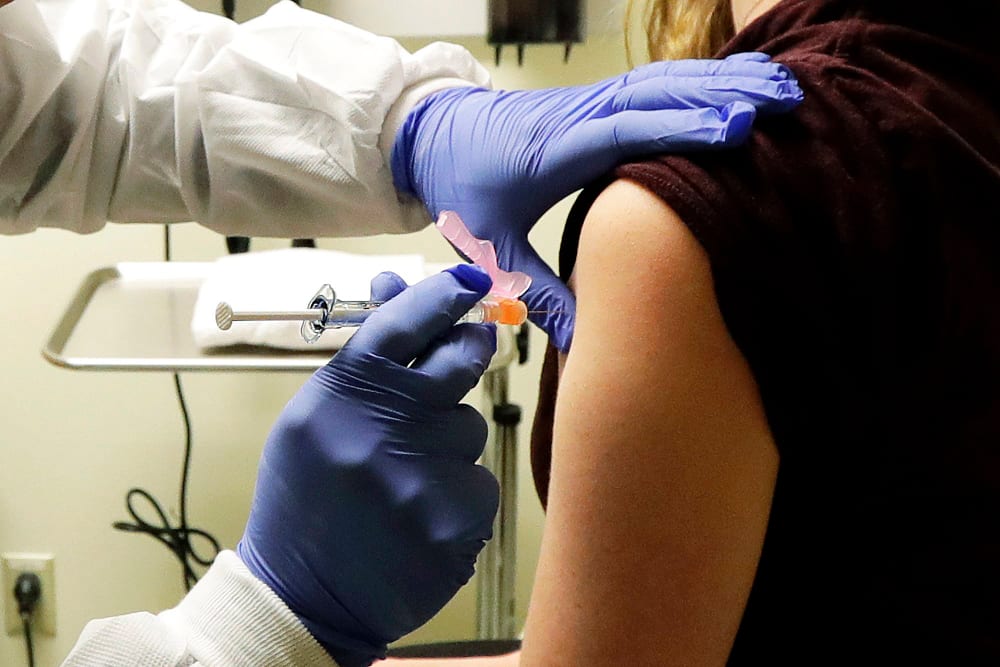The broad expectation is that a national recovery can begin in earnest once there’s a coronavirus vaccine, but that’s many months away. One of the key questions, here and around the world, is what options are available between now and then.
The answer is not altogether elusive. A dramatically scaled-up testing regiment is an obvious piece of the puzzle, along with everything that comes with it: expanded availability of supplies, far more testing facilities, an army of qualified lab technicians, etc. Similarly, widespread contact tracing and the availability of isolation centers would make significant differences.
And then, of course, there’s the matter of treatments. Right now, the emphasis on social distancing is so forceful because it’s our principal weapon to stop the spread of the virus, but if there were more effective medical treatments available for those infected it would have a dramatic societal effect.
The good news is, there’s no shortage of highly motivated researchers exploring possible treatments that could be ready long before there’s a vaccine. The bad news is, as the Washington Post reported this week, the effort is a chaotic mess in need of centralized, federal coordination.














